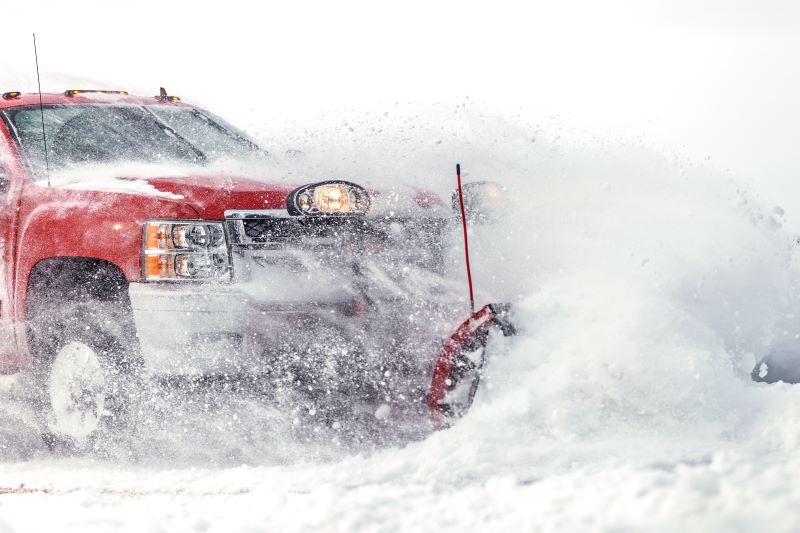Insurance forecast for snow plough operators this season

Hard market conditions in slow plough insurance are continuing to blow through, if Aviva Canada’s latest rate filing with Nova Scotia’s insurance regulator is any indication.
Nova Scotia’s Utility and Review Board approved Aviva’s refinement of its rate surcharge for snow ploughs Tuesday, effectively applying a new 30% surcharge on various parts of Aviva’s commercial auto insurance coverage as opposed to applying a flat surcharge.
“Currently, Aviva charges a flat surcharge where a light commercial vehicle has a blade attached for snow ploughing for part of the year,” the regulator’s decision reads. “The company proposes to replace the flat surcharge with a 30% surcharge on the premiums for bodily injury, property damage-tort, DCPD (direct compensation-property damage), collision, comprehensive and specified perils coverages….
“The company says that ploughs are becoming more expensive and adding the value of the plough to the value of the truck is not an option as it will increase the vehicle value and complicate the claim-handling process.”
In its submission to the regulator, Aviva said it uses the same 30% surcharge for similar light commercial vehicles in Ontario and Quebec. The insurer wanted to be consistent about how it handles snow ploughs across Canadian jurisdictions.
Overall, the Nova Scotia regulator approved an average 5% rate increase for all Aviva Canada’s commercial vehicles.
Finding capacity for snow plough coverage, let alone inexpensive coverage, has been an issue for several years now.
Two years ago, sources told Canadian Underwriter that slip-and-fall claims were the biggest risk for snow plough operators. It wasn’t so much that they were hitting property or other vehicles with their ploughs — it was that municipalities and mangers of public spaces were trying to shift responsibility for not sanding, salting, or keeping the roads clear to the snow plough contractors.
The upshot was quadrupled insurance premiums for snow plough contractors, in some instances.
Dave Fraser, owner of DHF Contracting in Oshawa, Ont., told CU back in 2020 that his 25-employee operation almost shut down when his insurer said it would no longer underwrite the snow plough portion of his business, which accounted for 70% of his revenue.
“My broker notified me that my [former insurer] wasn’t insuring snow plough operators and I was quoted a new, ridiculous price — from $16,000 a year to over $60,000,” Fraser said, adding he would still have the same $5 million in liability coverage. “Nothing changes except the price.”
Will snow ploughs even be necessary this winter?
AccuWeather’s winter 2022-23 forecast for Canada says the country will see its third straight La Niña season in a row, suggesting the need for snow ploughs may not be acute. El Niño and La Niña are climate patterns in the Pacific Ocean that describe trade winds and ocean water temperatures that can affect weather worldwide.
B.C. is likely to experience near-normal temperatures and precipitation (rain or snow) this winter. The Prairies, on the other hand, can expect colder temperatures and higher-than-average snowfalls. Ontario and Quebec will see warmer temperatures, generally, which would result in mixed-precipitation rain and snow. In Atlantic Canada, the winter will start out mildly, but then storms will get worse during the second half of the winter season.
Feature image courtesy of iStock.com/skhoward



